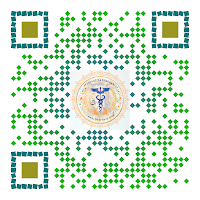Pneumobilia
Also known as aerobilia. Accumulation of gas in the biliary tree. Seen as linear branching gas within liver most prominent in central large caliber ducts as the flow of bile pushes gas toward the hilum. Gas within the biliary tree tends to be more central, whereas gas within the portal venous system tends to be peripheral (carried along by the blood). Also, biliary gas is anti-dependent, and typically fills the left lobe of the liver.
“Saber sign”: Supine radiographs often demonstrate a sword-shaped lucency in the right paraspinal region representing gas from the common duct and the left hepatic duct. Present in ~50% of patients with pneumobilia.
Portal venous gas
Peripheral small caliber branching gas (lucencies) projected in the liver or vessels coursing towards the Liver (away from the hilum).

.png)
.png)
.png)
.png)
.png)
.png)
.png)
.png)

.png)

.jpg)

















